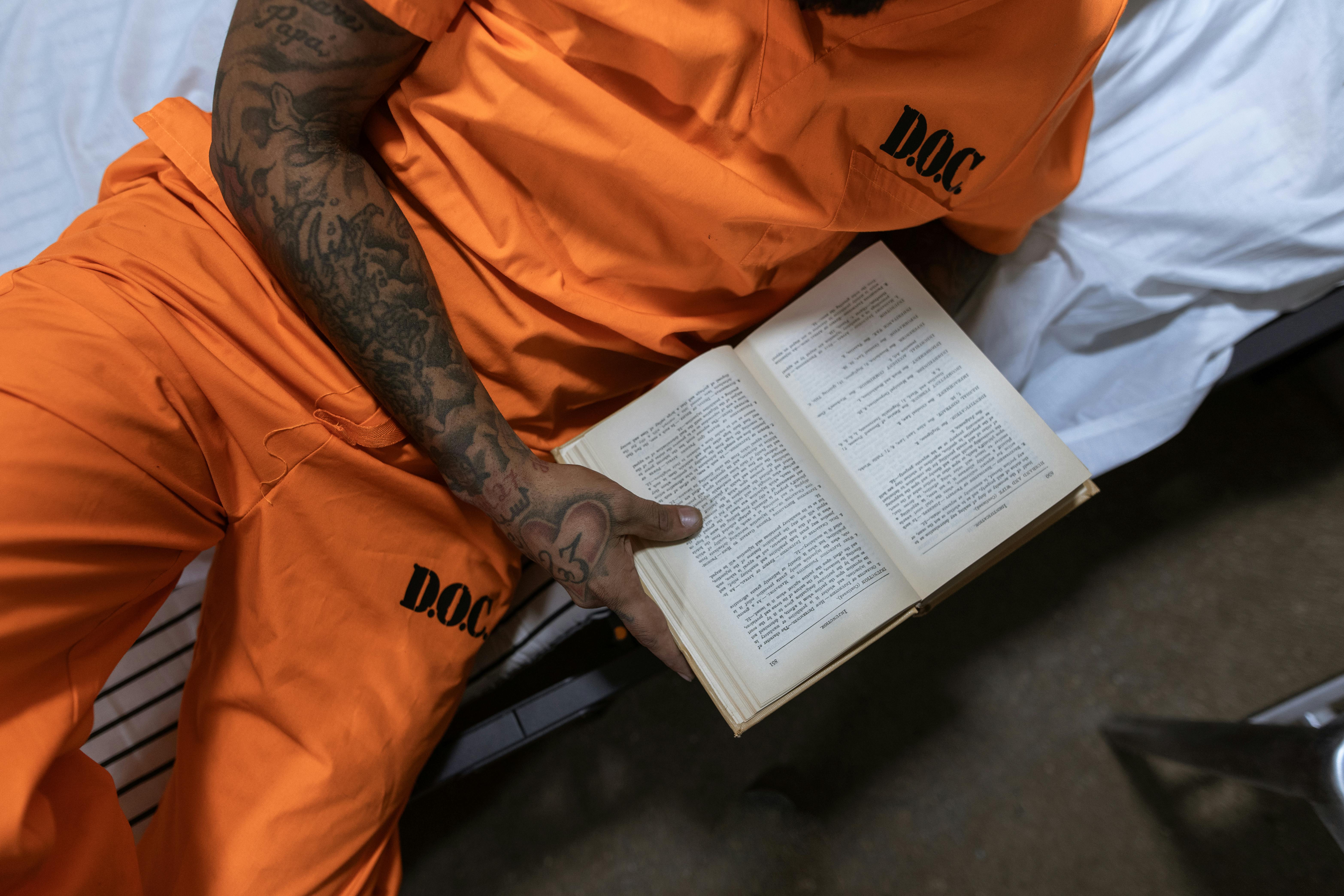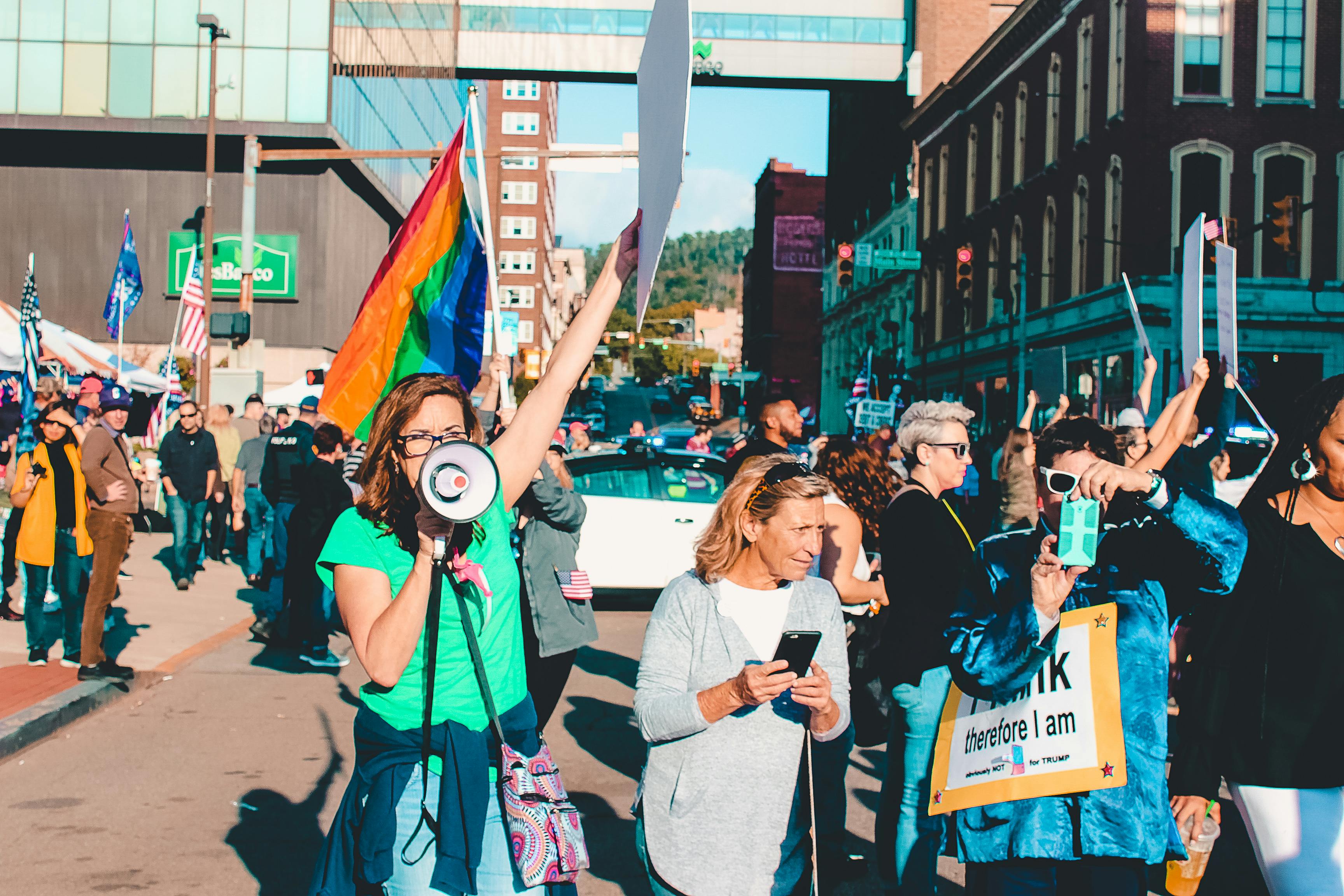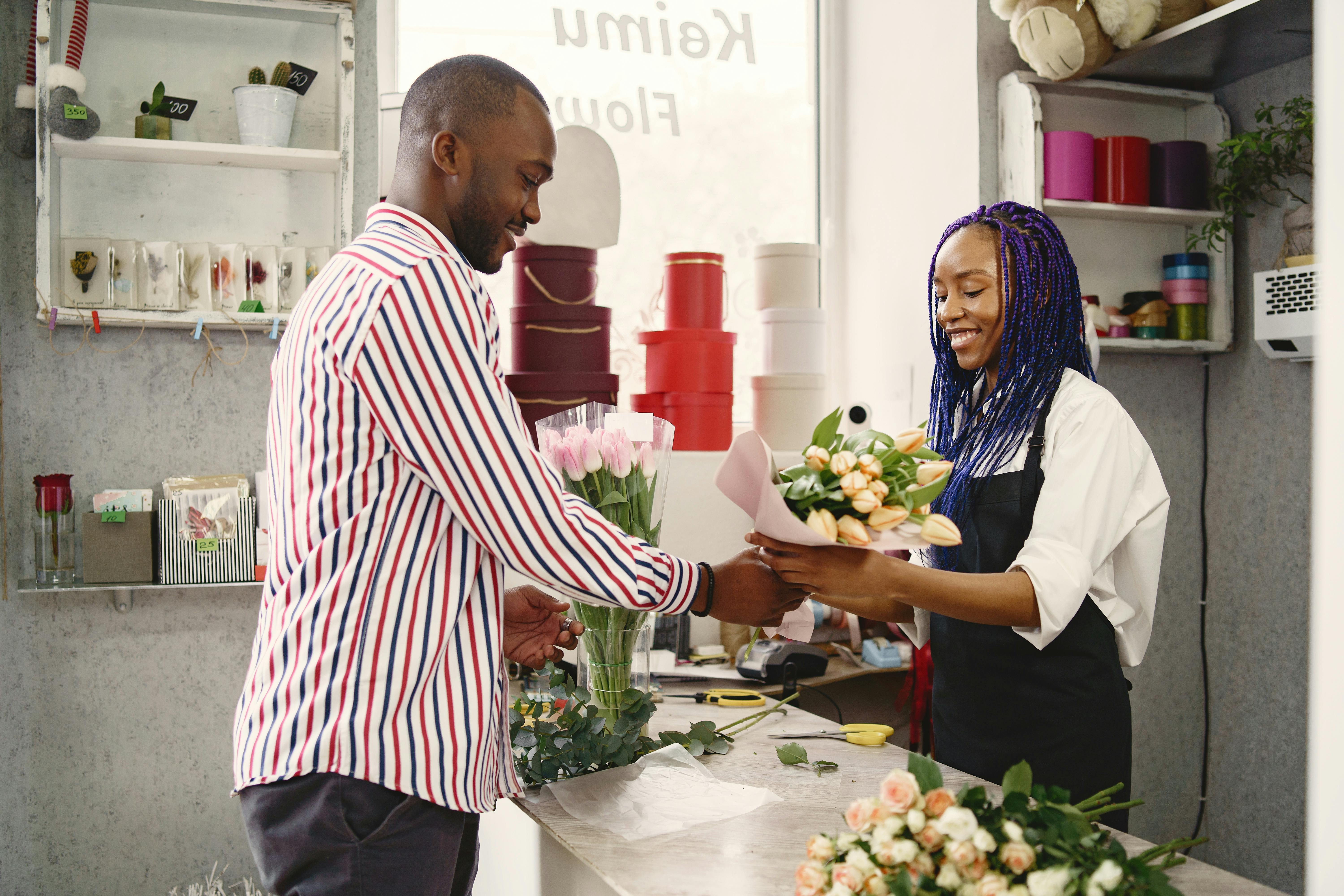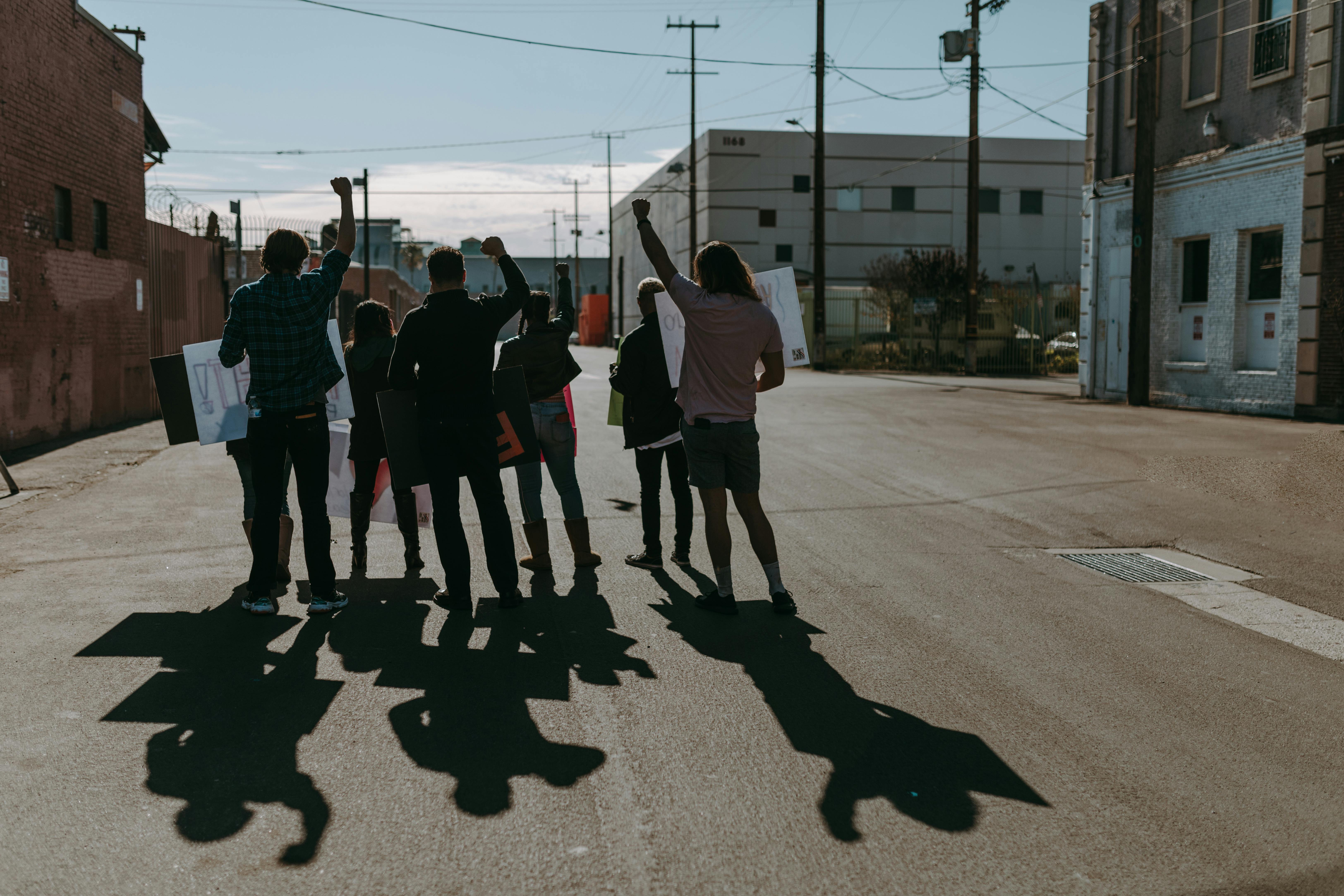Are you looking for a female song from a musical that will help you connect directly with the audience? What you need is a “House Number”!
A House song bridges the gap between the audience and the singer, as the character steps out of the story onstage and speaks directly to the viewers, knowing that he (and the drama) is being watched.
There aren’t many real house songs in musical theatre, but there are a number of songs that you can tweak so your performance crosses that invisible fourth wall between you and the audience.
In this article I suggest 60 songs for women from the Musical Theater repertoire that could be sung as a House song. I have classified them into three categories: the true House song, the public number and the soliloquy.
In the first category, the true house song, the musical is deliberately written so that the character comes out of the drama and speaks to the viewers. My first thoughts are Spamalot (The Diva’s Lament) and City of Angels (You can always count on me). Chicago’s When You’re Good To Mama immediately comes to mind. Other True House songs include Big Spender by Sweet Charity (originally a chorus but can be sung by one person), I’m Still Here by Follies, Broadway Baby by Follies, I Just Wanna Dance by Jerry Springer, Jonny One Note by Babes in Arms, and Nobody Does It Like Me – Cy Coleman’s song from the musical SeeSaw. And Miss Byrd from Closer Than Ever shares her secret through the fourth wall.
Many of the songs from the Victorian Music Hall era double as house numbers, including Waiting At the Church, If It Wasn’t For the ‘Ouses In Between, and even ballads like The Boy I Love Is Up In The Gallery. Then there are songs written in a musical style like Girl in 14G and The Alto’s Lament.
In the second category, the character sings to an audience in their world as part of the plot. Good and Evil from Jekyll and Hyde is a great example when Lucy sings to the drinkers in the pub where she works. Then there’s Don’t Cry For Me Argentina (Evita), I Speak Six Languages from the 25th Annual Putnam County Spelling Bee, Carmen Jones’ Beat Out Dat Rhythm, Copacabana Man Wanted and Blow Gabriel Blow from Anything Goes. . Jenny’s saga from Lady in the Dark is sung in court, and you might get away with Wild Party’s Life of the Party.
The unifocus song is the third type of house number; it is usually a soliloquy in which the character asks questions. One of the best known songs is I Cain’t Say No by Oklahoma. Then there’s I’m Shy from Once Upon a Mattress, Everybody Says No and There Will Be No Trumpets from Anyone Can Whistle, and I’m a Stranger Right Here from A Touch of Venus. Check out Holding To The Ground by Falsettos, My Brother Lived In San Francisco by Elegies for Angels Punks and Raging Queens, I Hate Men by Kiss Me Kate, and My Strongest Suit by Aida. In a slightly more old-fashioned tone, there’s I think you might want to remember today from Starting Here, Starting Now, The Tale of the Oyster (Fifty Million French) and The Physician (Wandering Nymph).
You can use a strong story song like Waiting For The Music To Begin (Witches of Eastwick) if you use it to tell the audience your story. Another perfect example comes from A Chorus Line, where Diana Morales sings Nothing to Zach, who is sitting in the (real) audience throughout the show. So it’s easy to turn it into a house song and speak directly to your audience. Other songs include Gimme Gimme by Thoroughly Modern Millie, I Know Things Now by Into the Woods, Defying Gravity by Wicked and Always The Bridesmaid by I Love You, You’re Perfect, Now Change.
Back to Sondheim again for Company’s The Ladies Who Lunch, The Story of Lucy and Jessie (from certain Follies productions) and Marry Me A Little’s Can That Boy Foxtrot (a duet that can be sung solo), or cut from Follies, depending on who you read.
Then there’s Everybody’s Girl by Steel Pier, Old Fashioned Love Story by Wild Party, When You Got It, Flaunt It by The Producers and How Did I Term Up Here by Romance Romance. You might consider Wonderful Town’s One Hundred Easy Ways, or You’re A Good Man Charlie Brown’s My New Philosophy, and experiment with a song like South Pacific’s Cockeyed Optimist.
Another great source for house songs is music reviews. Maltby and Shire’s Closer Than Ever is a good example for songs like Back On Base, or The Bear, The Tiger, The Hamster and The Mole. Or you might consider Jason Robert Brown’s Songs for a New World for I’m Not Afraid Of Anything. You can also do what musicals are currently doing and storm the pop/disco/rock scene for suitable songs: Holding Out For A Hero started out as a Bonnie Tyler song, but is now on both Footloose and Shrek II.
It’s unusual for a slower song to work as a house number, but here are a few suggestions: Maybe I Like It This Way by Wild Party, That’s Him by One Touch Of Venus, Why Him by Carmelina, Bill (by Oh Lady! Lady ! and Showboat versions) and of course, Funny Girl by Funny Girl.
Remember that the point of a House song is to speak directly to the audience, so make sure you look the audience in the eye as you play.
Enjoy.



